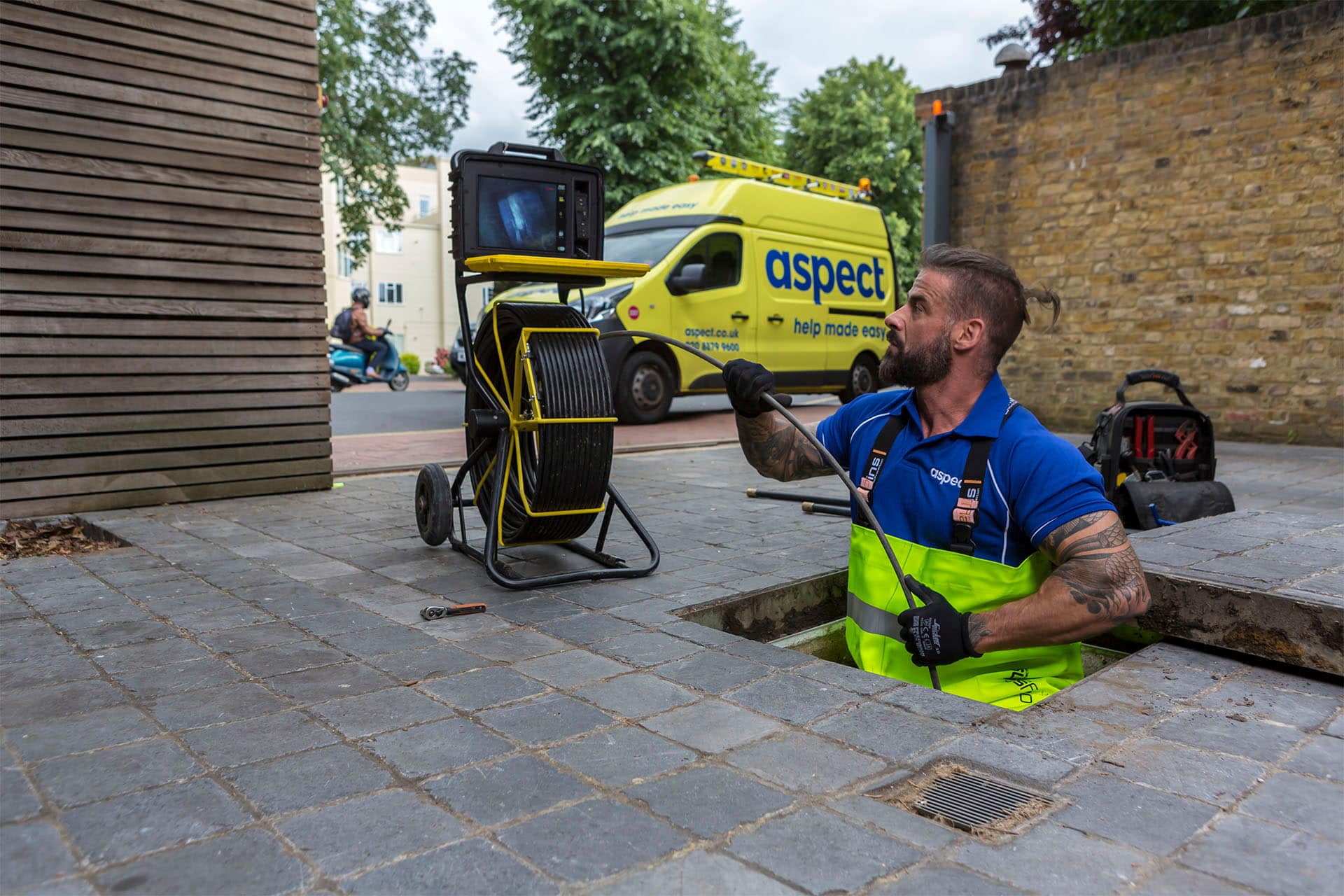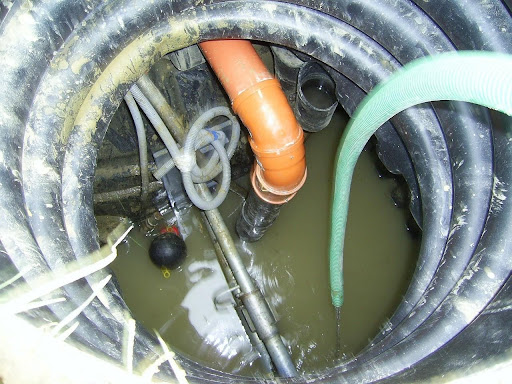Ways to Deal with a Blocked Drain Before Reaching out to Expert Help
Ways to Deal with a Blocked Drain Before Reaching out to Expert Help
Blog Article
The article author is making a number of great observations on Some easy tips to fix blocked drains as a whole in the content down the page.

Introduction
Taking care of an obstructed drain can be a frustrating experience, interfering with daily tasks and possibly causing damages to your residential or commercial property. Nevertheless, prior to connecting to pipes experts, there are steps you can take to deal with the problem on your own. In this guide, we'll explore DIY remedies and preventive measures to take on an obstructed drainpipe properly.
Identifying the Problem
The first step in dealing with a blocked drainpipe is recognizing the indications. Sluggish drainage, gurgling noises, foul odors rising from drains pipes, or water support up prevail indications of a blocked drainpipe. Identifying these signs early can aid stop further complications.
Usual Reasons For Obstructed Drains
Understanding the aspects that contribute to drain obstructions is vital for reliable resolution. Common offenders consist of hair, soap residue, oil, food particles, and foreign things like sanitary products or paper towels. Tree origins getting into below ground pipes can also trigger considerable obstructions.
Do it yourself Solutions
For minor blockages, numerous do it yourself options can be effective. Pouring boiling thin down the drainpipe can help dissolve oil and particles. Sodium bicarbonate and vinegar or a mix of salt and baking soda can act as natural cleaners. Making use of a plunger or plumbing serpent to remove blockages is one more alternative.
Tools and Devices
Having the right devices available can make DIY drain cleaning extra reliable. A plunger is a functional device for getting rid of obstructions in sinks, commodes, and showers. A plumbing serpent or auger can reach much deeper obstructions, while drainpipe cleaning chemicals can be used very carefully for persistent blockages.
Safety nets
To stay clear of future blockages, embracing safety nets is important. Set up drainpipe guards or filters to capture hair and debris before they go into the pipes. Regularly flush drains with warm water to liquify oil build-up, and stay clear of getting rid of oil or strong waste away.
When to Call an Expert
While DIY options can deal with minor clogs, specific signs suggest the need for expert help. Relentless obstructions, foul odors in spite of cleansing efforts, or numerous drains backing up at the same time are red flags that necessitate professional treatment.
Selecting the Right Pipes Solution
When picking a plumbing solution, think about factors such as experience, licensing, and consumer reviews. Pick a reliable plumbing professional with a performance history of top quality workmanship and clear rates techniques.
Price Considerations
The expense of expert drainpipe cleaning company can vary depending upon the extent of the blockage and the plumbing's rates. Request quotes from multiple service providers and inquire about any surcharges to guarantee transparency and prevent surprises.
Safety Measures
When trying DIY drain cleansing, focus on security. Wear protective handwear covers and eyeglasses to prevent contact with unsafe chemicals or microorganisms. Never blend various drain cleansing products, as this can produce unsafe fumes.
Situation Studies
Real-life examples highlight the efficiency of do it yourself solutions and the relevance of timely specialist intervention in dealing with drain clogs.
Verdict
By adhering to the tips laid out in this guide, you can successfully deal with obstructed drains and prevent future pipes issues. Whether going with DIY options or looking for professional support, punctual activity is key to maintaining a healthy plumbing system and protecting the stability of your home.
WHAT I LEARNED FROM TRYING TO DEAL WITH A CLOGGED DRAIN
We have had our share of seepages and other annoying things that are part of living, especially in an apartment complex. And if there’s one thing that’s terrifying for a homeowner—or even someone in a rented home—it is a clogged drain, indoors or outdoors.
We enjoy our living space, but it’s simply a fact of life that dead skin, soap and a host of other items go down the drain; eventually, the residue builds up and prevents anything from moving. Ugh.
Not Calling A Professional
Of course, it might seem simple to just whip the pipe off under the sink and see if you can unblock it. Unfortunately, what if the blockage isn’t there, or you don’t reconnect it properly? Worse, you might break a piece and have no drainage system. Can you imagine that scene? Yuck!
Not Watching Your Waste
This will sound d’uh, but the best tip I can give you for drain cleaning is to avoid clogging the drain in the first place! You can do this by monitoring what goes down the drain and catching the items which are most likely to give you a problem. Invariably hair, vegetable peels, and large wads of toilet paper are the most obvious culprits. Add a filter—these are available in hardware stores and can be removed and cleaned easily.
Poking The Drain
The first urge with a clogged drain is to poke at it with a stick or anything that resembles a stick. Sadly, this does not result in magically solving the issue. The mental image is, naturally, one of the stick just pushing through the offending item and all is well again. Reality is quite different and unpleasant and likely to lead to further problems.
The thing is, every drain has a series of bends that are not visible to us. Drains are built this way to prevent gases from entering the house. What happens when you poke a stick into the drain? Of course, it can’t bend around the corner. The more adventurous people will use force and end up wedging the stick or causing it to break off in the pipe—creating an even bigger issue. Worst thing? The stick will shift the block further down the pipe, creating the space for more to collect. Go ahead! Roll your eyes!
Using The Wrong Plunger
You know what they say: the right tool for the right job! Did you know there are different types of plungers besides the basic one we keep at home for an emergency? Yes, there are. For example, the toilet plunger has a bell-shaped bottom while the sink plunger is flat. This is an important difference and using the wrong plunger will be useless. There’s also a knack in using plungers—they must be placed in such a way that they create an airtight seal and then, moved slowly up and down—not as fast as we imagine.
https://vidyasury.com/2018/01/learned-trying-deal-clogged-drain.html

Hopefully you enjoyed reading our article on Tips for Dealing with Clogged Drains and Sewer Lines. Thank you so much for taking time to read our short article. Sharing is caring. Helping people is fun. Thanks for being here. Revisit us soon.
Top Article Report this page